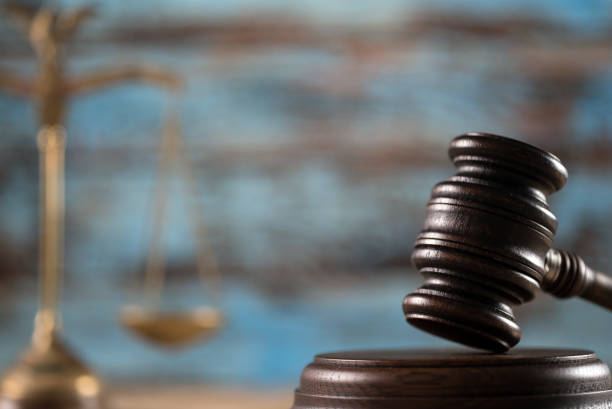Former President Donald Trump has repeatedly mentioned the possibility of invoking the Insurrection Act amid protests in cities such as Portland, referring to anti-ICE demonstrations as “criminal insurrection.” His remarks, along with those of his adviser Stephen Miller, have reignited public debate over a centuries-old law that grants the president authority to deploy U.S. troops on domestic soil under specific conditions.
Miller, while defending the administration’s response to protests, described court restrictions on National Guard deployment as a form of “legal insurrection.” He argued that some local officials were undermining federal authority to enforce immigration laws and maintain national sovereignty. Trump added that if local leaders or courts prevented the federal government from protecting citizens, he would not hesitate to use the Insurrection Act to restore order.
Origins and Purpose of the Insurrection Act
The Insurrection Act, originally passed in 1792 and later amended in 1871, gives U.S. presidents the power to use military forces within the country to suppress civil disorder, rebellion, or insurrection. The act functions alongside the Posse Comitatus Act of 1878, which generally prohibits the use of the military in domestic law enforcement unless explicitly authorized by Congress or the Constitution.
Essentially, the Insurrection Act serves as an exception to that rule. It allows the president to intervene in extreme cases where local authorities are unable—or unwilling—to uphold federal laws and maintain peace.
How a President Can Invoke the Insurrection Act
There are two main ways the act can be activated. The first is through a request from a state’s governor or legislature for federal military assistance. The second allows the president to unilaterally deploy troops if he or she determines that “unlawful obstructions, combinations, or rebellion” make it impossible to enforce U.S. law through normal judicial processes.
The most recent example of its use came in 1992 during the Los Angeles riots, when then-President George H. W. Bush responded to a formal request for help from California Governor Pete Wilson. Troops were deployed to restore order after widespread violence broke out following the Rodney King verdict.
While governors in states like Oregon or Illinois are unlikely to request such intervention, Trump suggested he could invoke the act independently to enforce federal authority in cities where local leaders oppose federal involvement.
Historical Precedents and Presidential Authority
The Insurrection Act has been invoked around 30 times in U.S. history, according to the Brennan Center for Justice. Notably, Presidents Dwight Eisenhower and John F. Kennedy used the law in the 1950s and 1960s to enforce school desegregation after the Supreme Court’s landmark Brown v. Board of Education decision. Eisenhower, in particular, deployed the 101st Airborne Division to Little Rock, Arkansas, overruling the state governor’s resistance to integration.
These instances demonstrate the act’s dual role as both a tool of federal enforcement and a flashpoint in the ongoing tension between state and national power. While some view it as a necessary safeguard for maintaining order, others warn that it can be misused for political purposes, eroding public trust and federal-state balance.
As discussions around the act resurface, legal scholars and civil rights advocates continue to stress the importance of restraint and adherence to democratic norms when exercising such sweeping executive powers.




